I recently picked up the Cokin Z-Pro Filter system to specifically control sunlight in certain shot setups. The filter kit purchased was the Graduated Neutral Density filter system. Graduated simply means the lens itself is gray on one half of the filter and clear on the other. The gray gets positioned to cover the sky/sun and bright objects. Clear covers the shadows and darker areas....leaving used on the sky/sun bright objects etc. The clear simply covers the darker and more normal light areas.
Each filter is rectangular and it slides down into Cokin's filter holder assemblyh. You can add multiple filters, up to 4, to control more light if necessary...IE Solar Eclipse.
This is the performance values based on the Graduated filter kit.
ND.3 (exposure adjustment = 1 stop, reduces ISO 1/2) Grad
ND.6 (exposure adjustment = 2 stops, reduces ISO 1/4) Grad
ND.9 (exposure adjustment = 3 stops, reduces ISO 1/8) Grad
I also added a solid gray filter into the mix, no clear areas, to provide an even filter with this performance value.
ND.8 (exposure adjustment = 3 stops, reduces ISO 1/8) Solid Gray
Here's what it looks like. The kit has a lens mount that basically fits the threads of the lens. In this example, my thread size is 72mm. To fit for other lenses, you simply purchase the lens mounting kit threaded for the lens size IE 52mm - 74mm in my lens collection. What this system allows, the ability to use the same filters across your lens collection saving considerable costs using the same filters for all.
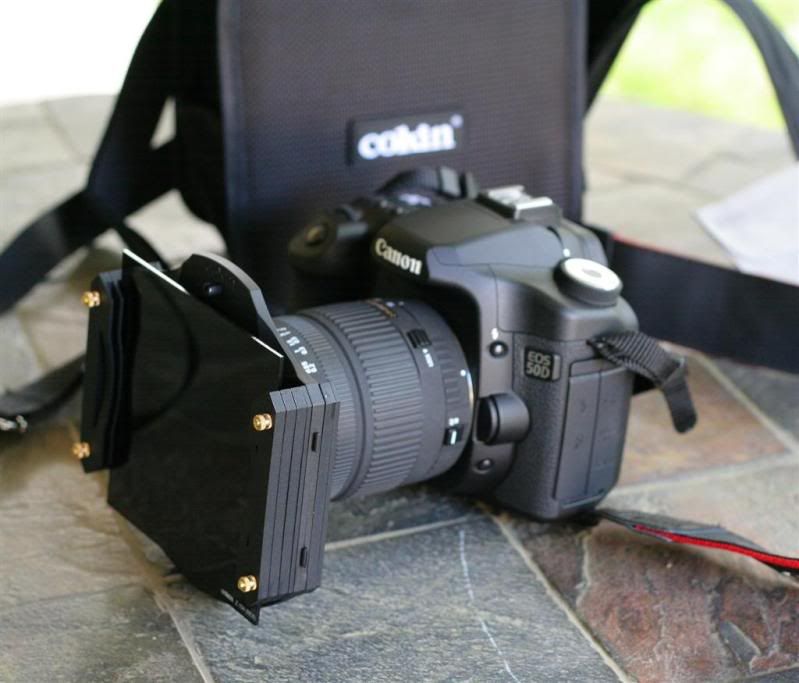
As it is with a circular polarizer, you can do the same effect with this system...spinning the filter around where you want it to cover light. But it also gives an additional the screw on lenses types don't provide....control of the Graduated mark up or down, side to side, across the entire face of your lens which provides greater control over the shot.
Here it is in action. I used one of the Graduated filters for this shot.
Without filter and using two seperate settings in an attempt to control the sun and cover the shadows evenly. As you can see....a ton of sunlight flare with both shots.
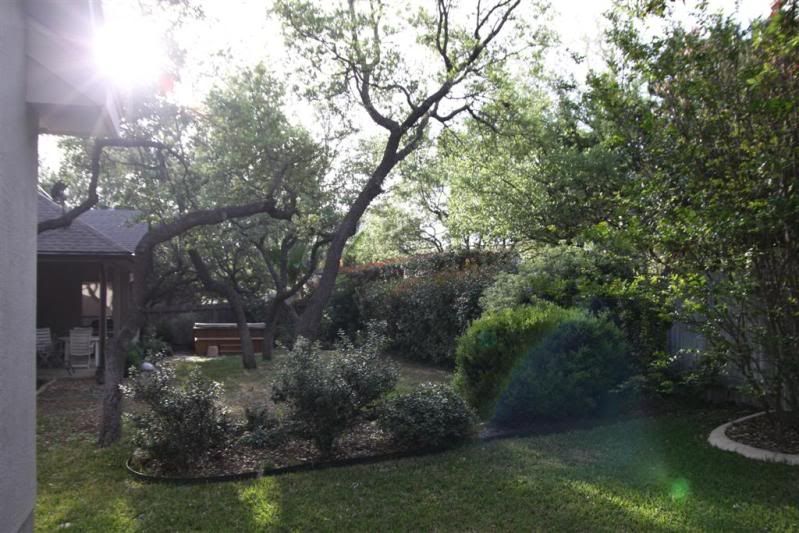
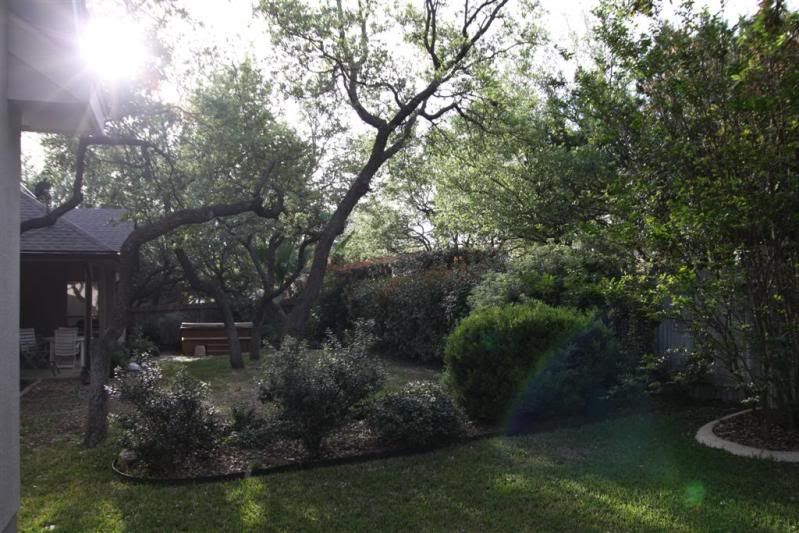
Here's the shot with the graduated filter applied skyward and clear down low out of the sunlight. I could have tweaked the clear/gray graduated mark better but shot this pretty much at half mark (clear/gray even over lens) for this example shot.
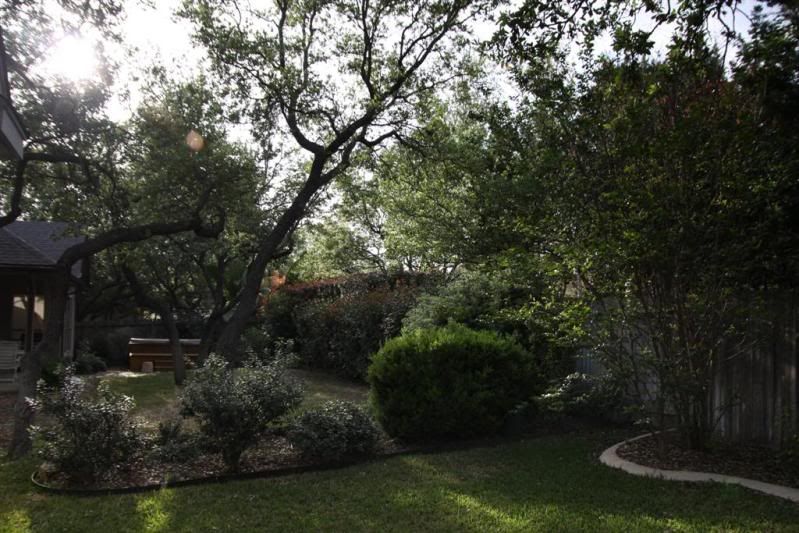
Each filter is rectangular and it slides down into Cokin's filter holder assemblyh. You can add multiple filters, up to 4, to control more light if necessary...IE Solar Eclipse.
This is the performance values based on the Graduated filter kit.
ND.3 (exposure adjustment = 1 stop, reduces ISO 1/2) Grad
ND.6 (exposure adjustment = 2 stops, reduces ISO 1/4) Grad
ND.9 (exposure adjustment = 3 stops, reduces ISO 1/8) Grad
I also added a solid gray filter into the mix, no clear areas, to provide an even filter with this performance value.
ND.8 (exposure adjustment = 3 stops, reduces ISO 1/8) Solid Gray
Here's what it looks like. The kit has a lens mount that basically fits the threads of the lens. In this example, my thread size is 72mm. To fit for other lenses, you simply purchase the lens mounting kit threaded for the lens size IE 52mm - 74mm in my lens collection. What this system allows, the ability to use the same filters across your lens collection saving considerable costs using the same filters for all.

As it is with a circular polarizer, you can do the same effect with this system...spinning the filter around where you want it to cover light. But it also gives an additional the screw on lenses types don't provide....control of the Graduated mark up or down, side to side, across the entire face of your lens which provides greater control over the shot.
Here it is in action. I used one of the Graduated filters for this shot.
Without filter and using two seperate settings in an attempt to control the sun and cover the shadows evenly. As you can see....a ton of sunlight flare with both shots.


Here's the shot with the graduated filter applied skyward and clear down low out of the sunlight. I could have tweaked the clear/gray graduated mark better but shot this pretty much at half mark (clear/gray even over lens) for this example shot.



 I'm drooling.
I'm drooling.
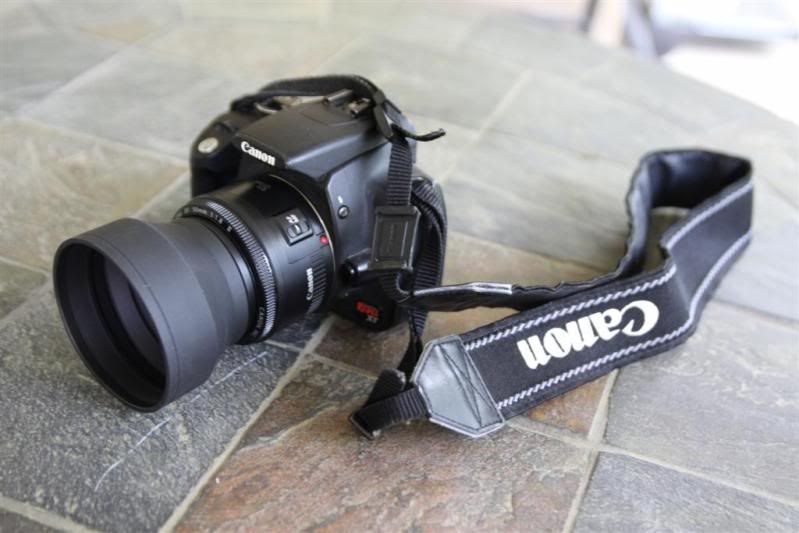

Comment